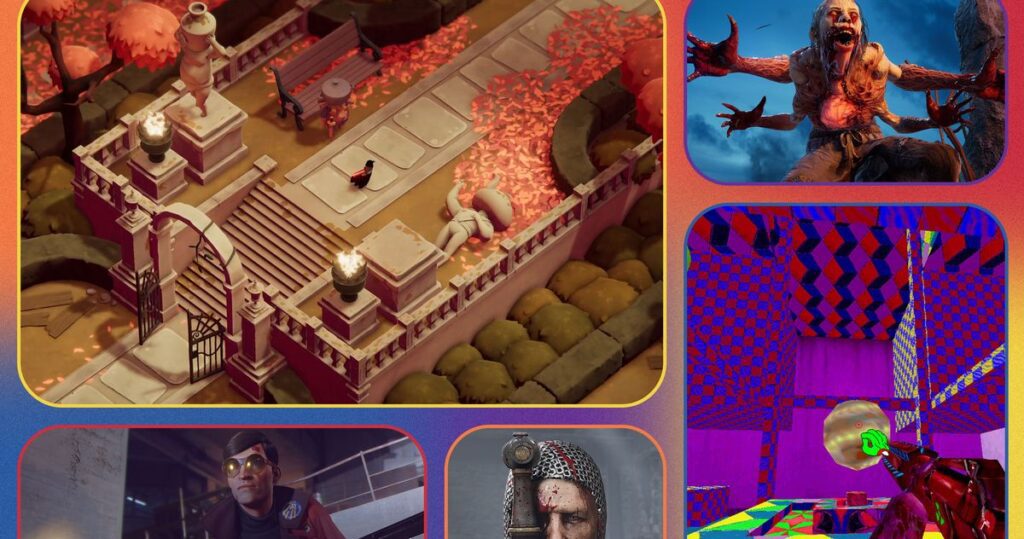Animation is vital in modern-day video games, as it helps create breathtaking visual and immersive worlds with complex and engaging storytelling. Animations involve creating sequences of still images that give a sense of fluid motion and are usually rendered in real-time. There are two main types of animations used in games: 2D and 3D. Cutscenes, in-game animations, and character animations are some ways in which animations are used to tell stories. Advanced animation techniques include motion capture, procedural animation, and facial animation. As the technology advances, games are expected to become more immersive and realistic in the future.
The Art of Immersion: How Video Games Use Animation to Tell Stories
Introduction
Video games have come a long way since their inception in the 1970s. They have evolved from simple pixelated graphics and one-dimensional gameplay to complex and immersive worlds with advanced animation techniques. Animation plays a crucial role in modern-day video games, as it helps developers create stunning visuals and tell engaging stories. In this article, we will explore the art of immersion in video games and how animation is used to bring these immersive worlds to life.
The Basics of Animation in Video Games
Animation in video games involves creating sequences of still images that give the impression of movement. These sequences, also known as frames, are played back at a high speed, creating a sense of fluid motion. Animation in video games is usually rendered in real-time, allowing the player to interact with the game’s world and characters.
There are two main types of animation in video games: 2D and 3D. 2D animation involves creating flat, two-dimensional images that are layered on top of each other to create the illusion of depth and movement. 3D animation, on the other hand, involves creating three-dimensional models that can be rotated and manipulated in real-time.
Using Animation to Tell Stories
Animation is a powerful tool that can be used to tell stories in video games. It allows developers to create compelling characters and immersive world environments that can draw players into the game’s narrative. Animations can be used in several ways to tell stories in video games, including:
Cutscenes
Cutscenes are pre-rendered sequences that play out like a movie and are used to progress the game’s story. They usually feature high-quality animation and are used to introduce new characters, settings or plot points. Cutscenes can also be used to provide context for the player’s actions and decisions in the game.
In-Game Animations
In-game animations refer to animations that are created in real-time and are affected by the player’s actions. These animations can be used to create a sense of immersion in the game’s world by making the environment more interactive and dynamic. For example, in a platformer game, the player might jump on a platform, causing it to bounce or deform in real-time.
Character Animations
Character animations are used to bring game characters to life by giving them distinct personalities and behaviors. Good character animations can make the player feel more connected to the game’s world and its inhabitants. For example, a character might have a unique walking animation, reflecting their personality or backstory.
Advanced Animation Techniques
Advanced animation techniques are used to create more complex and realistic animation in video games. These techniques include:
Motion Capture
Motion capture involves recording a live actor’s movements and translating them into digital animation. This technique can be used to create more realistic character animations that are based on real-world movements.
Procedural Animation
Procedural animation involves creating animations through algorithms and rules rather than traditional keyframe animation. This technique can be used to create dynamic and unpredictable animations, such as water or fire simulations.
Facial Animation
Facial animation involves creating detailed animations for facial expressions and lip movements. This technique is used to create more believable and expressive characters in video games.
Conclusion
Animation is an essential aspect of video game development and storytelling. It allows developers to create immersive worlds, compelling characters, and engaging narratives. As technology advances and animation techniques become more advanced, we can expect video games to become even more immersive and realistic in the future. The art of animation in video games is a testament to the creativity and innovation of game developers, and we can’t wait to see what they come up with next.
